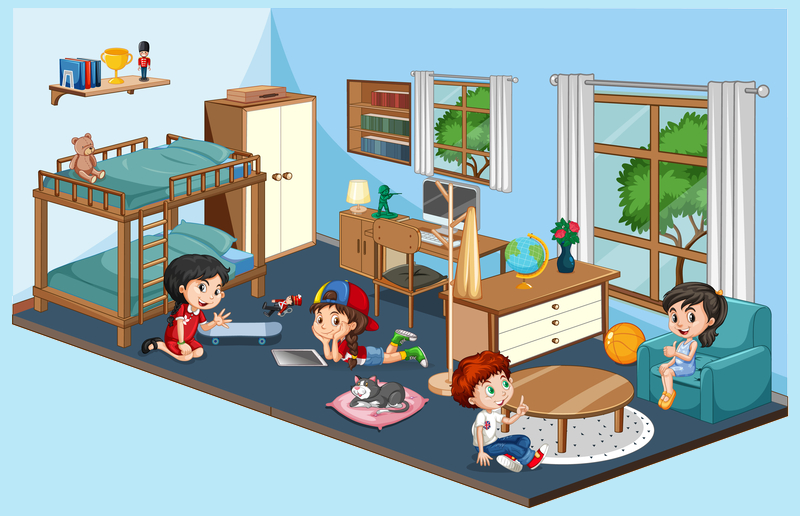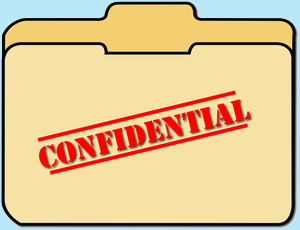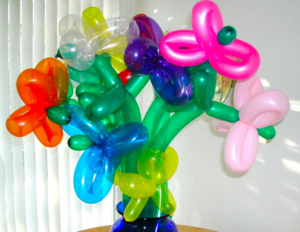Author: Risa Goldberg risa@simplymarvelousorganizing.com El Cajon, CA 92021 619-440-1235
© April 2008 Word Count: 1146
HOW TO ORGANIZE YOUR CHILD’S ROOM
– and yourself in the process!

(published by San Diego Family Magazine in August, 2008)
We all know intuitively why we should get it together and organize. Life would be better if we could find our stuff. Life would be better if the kids picked up their rooms and put their toys away. We’d have peace and harmony forever. But do we know how?
Organizing is a process that needs to be learned and reinforced; we’re not all born organized. If you weren’t trained as a child to pick up after yourself or expected to do much around the house, changing your household’s habits might be challenging. Still, the floor is not a receptacle for dirty clothes, toys and paper. When your children are little, teach them how to take responsibility for their possessions and personal spaces. Start in the bedroom and model new ways of doing things; be the change you wish to see. Children are sponges and will soak it right up.
HOW TO BEGIN
The Needs Assessment: Take a good look at the space; take pictures, take notes.
- Can you find the bed?
- Is the floor covered in stuff?
- Is there a hamper for dirty laundry?
- Do the clothes all fit into the dresser and closet? Does your child wear them?
- Is there a desk, computer area, wastebasket, places for schoolwork, books, collections?
- Is the room well lit and in good repair?
- Does your child like to spend time here?
Create a Plan:
Your older child will have a sense of what he wants; with young children you’ll be making most of the decisions. Trust the process, let it evolve and the answers will come easily. Remember though, the bedroom is your child’s sanctuary and personal space; On the other hand, it’s not a storage unit or a museum. In the final analysis, less is more.
PREPARATION:
Don’t rush out and buy every container in sight; assemble cardboard boxes (and trash bags) for the initial sorting as follows:
- donations
- returns
- consignment
- recycling
- repairs
- items belonging elsewhere in the house
- trash
Set up a Memory bin, an Archival Paper bin, a Revisit and Redecorate box, Clothes-To-Grow-Into bins. Set up a permanent toy donation box in the garage.
SORTING, DOWNSIZING, CONTAINERIZING
Clothing:
- Use the dresser and closet for primary clothes storage; keep only what fits, is in good shape AND is actually worn.
- Keep a small stepstool handy in the closet so your child can reach and put away his hanging clothes.
- Move bulky coats and sweaters into a hall closet
- Hang a shoe organizer over the back of the bedroom or closet door, or on a closet rod.
Laundry, Bath Towels, and Robes
- Buy a popup animal laundry hamper for dirty clothes. Turn this into a game, and teach your child to “feed his animal” every night.
- Put a hook by the closet door for renegade bath towels; they can be used several times before washing.
- Hang robes on an over-the-bedroom door hook.
Costumes and Dress-up:
- Store seasonal costumes in the garage.
- Designate a dress-up box or drawer for old costumes, clothes, and fun accessories.
- If there’s space, keep frequently used costumes for performances in the closet.
Collections, Games, Puzzles, and Pictures
- Organize big toys in plastic storage cubbies; some even allow for seating.
- Hang smaller soft dolls and animals from plastic clip chains or in hanging toy organizers on the closet rod or back of the closet door.
- Buy “under-the-bed” storage containers.
- Build a continuous 12” deep wooden ledge along all the walls, about a foot down from the ceiling, for collections, or set up smaller ones around the room.
- Create a picture wall
- Fill up the Revisit and Redecorate box with any overflow and schedule a day to redesign the room and swap out the stuff.
- Move games and puzzles into the family room. Set up special displays in a family display case.
- Be creative—hang model planes from the ceiling, run a working electric train on a track around the top of the room. Turn the top of your child’s closet, above the clothing rods, into a tree house or zoo, accessible by ladder, and share it with the stuffed animals.
Jewelry
- Keep one jewelry box on the dresser top to reduce visual clutter; store the rest of the jewelry in a drawer, on a closet shelf or in a hanging jewelry bag
- Keep like items together.
- Hang necklaces and bracelets on cup hooks on the back of the closet or bedroom door.
The Desk
- When your child is young, use the desk for an art and game center; store supplies, puzzles, games, stuffed animals, and activity books here.
- Use rolling plastic storage drawers on wheels for larger collections of supplies
- Buy a strong desk lamp.
- Make room for a small laptop; keep some uncluttered working space
Later on you can configure the desk in a more traditional way with drawers for paper, pencils, pens and markers, office supplies, and a filing system. Consider purchasing a computer work station, depending on your child’s needs and space constraints.
Books and Papers
- One or two tall bookcases will house books, school work, knick knacks and pictures. Monitor for clutter; again, less is more.
- Use magazine boxes to neaten up school papers and magazines
- Buy a desktop file box and hanging folders, or set up a filing system in the bottom desk drawer; it’s never too soon to learn how to sort, categorize, and put papers away.
- Keep current year’s school and art in the file; archive the older ones in the archival box and store in the garage.
- Expandable plastic pocket files are great for organizing school projects, small collections, or mementos.
MAINTENANCE AND EVALUATION
You’ve set up a designer room with wonderful systems and now what? Maintenance and evaluation are needed regularly; you’re changing and reinforcing new habits. Do a weekly room review together. Set up an annual or biannual room redecorate. Do an annual evaluation and weeding out of the archival papers, clothes, and memories. As your child grows, his needs and tastes will change.
It’s never too soon to begin, but whenever you do it, be diligent and consistent; don’t give up. Be patient, understanding, kind, and especially non-judgmental. Make it fun and remember to pull together as a team. If you’re stymied and need answers, read an organizing book, hunt online, or call a professional organizer for help. There’s a world of resources out there.
And don’t forget, when you’re finished, to take some time to reward yourselves for a job well done– go out for an ice cream or a special movie together – and bask in the knowing that you’ve changed not one but two lives (or more) for the better.

